“Man is a product of nearly three billion years of evolution, in whose person the evolutionary process has at last become conscious of itself and its possibilities. Whether he likes it or not, he is responsible for the whole further evolution of our planet.” ~ Sir Julian Huxley
This review of the past century of science fiction is meant to analyze and critique the genre as it relates to transhumanism, which has evolved from a speculative philosophy to an actual movement, poised to become the dominant ideology of the 21st Century. My hope is that this appraisal of sci-fi’s strengths and weaknesses may provide my fellow writers and the general audience a better grasp of the latent potentials of the genre. In the field of time, first comes the visualization, then the realization.
The term "transhumanism" was coined in 1957 by Sir Julian Huxley, evolutionary biologist and first Director General of UNESCO. Aldous Huxley, author of "Brave New World" (1932), was his younger brother, and they both knew sci-fi legend H.G. Wells personally. The seeds of controversy over the techno-optimist vision of the future were planted in relationships like these, in the early years of the sci-fi genre.
Though it is not surprising that forward-thinking intellectuals of the day are seen in conspiratorial terms by some, I prefer to view the visionary process of creative writers as more of a personal, internal dynamic than just a byproduct of various external influences. To me one of the intriguing mysteries is how visions, in the shamanic, oracular sense, come to certain individuals, then spread and develop in our society until they become part of everyday life, for better and for worse.
The World of Tomorrow
Science fiction is by definition a speculative art, which serves as our multidimensional two-way scrying mirror, giving us a glimpse of multiple futures extrapolated from present trends, superimposed on our own reflections. Its central trope is the World of Tomorrow, whether that means next year or 20,000 years from now.
Long before transhumanism was even a word, the concept's evolution can be traced back to H.G. Wells' novel, "The Shape of Things to Come" (1933), which was adapted into the film, "Things to Come" (1936). The timeline enacted in this film became the template for countless sci-fi stories, films, TV shows and games, with variations serving as critique and counterpoint to Wells' rosy view of the next civilization, after the necessary sacrifices of World War 3 and the Big Die-Off.
The key elements of the timeline: 1) The present order is overturned and destroyed in a global cataclysm, with a massive loss of population; 2) a period of bleak, Hobbesian chaos ensues, until 3) the survivors come to their senses, and (usually with the help of advanced "benefactors") they build the New Order: a veritable Heaven on Earth, with limitless possibilities to explore.
Perhaps you've seen this flaming trash-can future before? Welcome to the ruins of Everytown after decades of war, economic collapse, pestilence, and genocide:
Into this post-apocalyptic squalor ruled by Mad Max warlords, former peace activist John Cabal descends from the sky. No one listened to him before the World War, but now he has returned to announce The Plan (even better than Build Back Better).
All these destitute survivors have to do is get with the program. Alas, some of the barbarians are stubborn and need an attitude adjustment. Their technocratic saviors, Wings Over The World, were prepared for this eventuality:
Luckily the bomber only dropped the "Gas of Peace" which knocked everyone out. There's no mention of further tweaks to make the survivors fit for Techno-Utopia, which may have been overoptimism on Wells' part. Anyhow, fast-forward to the gleaming new world of 2036, when everyone lives in modern underground cities.
This new civilization cannot simply enjoy fully-automated luxury communism and bask in its own brilliance. The next inevitable step must be to conquer the universe and its mysteries: To Infinity and Beyond!
There will always be a few malcontents trying to stop the Space Gun from shooting the moon, but nothing can stand in the way of Progress! (Ask Elon, he walks the talk.)
The "Things to Come" scenario permeated the sci-fi genre, influencing Golden Age writers of the 1940s and 1950s. This triggered a startling range of creative responses, not merely to rehash Wells' vision, but also to deconstruct it and imagine how things could go wrong, even with the best of intentions.
The canonical timeline of Gene Roddenberry's "Star Trek" franchise is a pitch-perfect reimagining of "Things to Come":
Civilizational collapse in the 2020s, leading to World War 3 (2026-2053), resulting in the loss of 30% of the world's population and 600,000 plant and animal species. (Star Trek timelines and figures are a bit wobbly; I put it down to the multiverse.)
Sanctuary District A, San Francisco, Sept. 2024, in ST:DS9, “Past Tense” (1995)
The inevitable descent into barbarism follows, with the usual terror, genocide, tribal warfare, and attempts to restore order by brutal tyranny.
Q as a post-apocalyptic Judge in the ST:TNG pilot, “Encounter At Farpoint” (1987)
In Bozeman, Montana, eccentric genius Zephram Cochrane invents the warp drive in 2063. This leads to humanity’s first contact with its enlightened alien benefactors, the Vulcans, who help the Terrans unite and rebuild their world under a benevolent militarized space technocracy: the Federation.
Star Trek: First Contact (1996), Director: Jonathan Frakes
Welcome to the City of Tomorrow: San Francisco, which somehow survives WW3 and becomes even more Manhattanized. In 2161 Starfleet Academy is established here, so humanity can fulfill its destiny and join the pantheon of Space Gods.
“Yup, we finally made it. And we’re so much nicer to each other now. Go figure.”

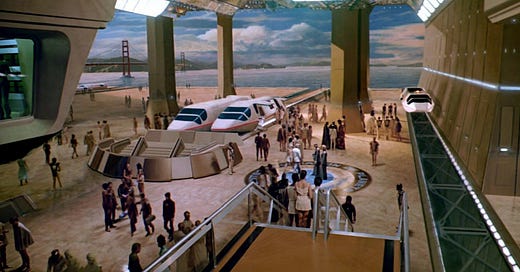



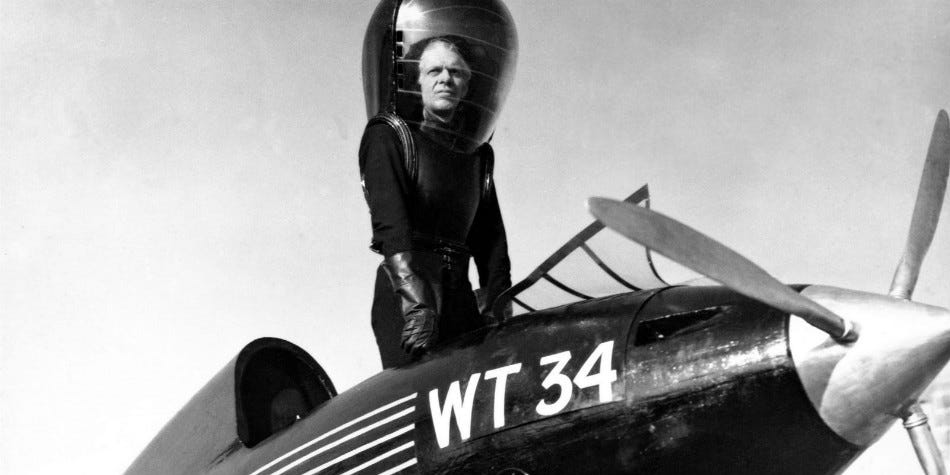
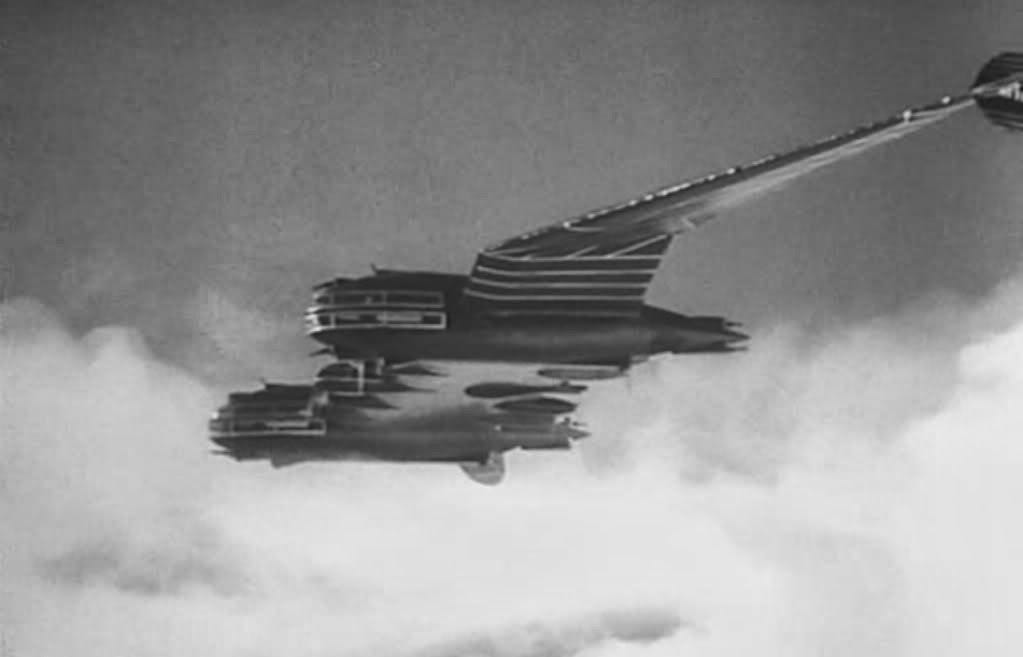

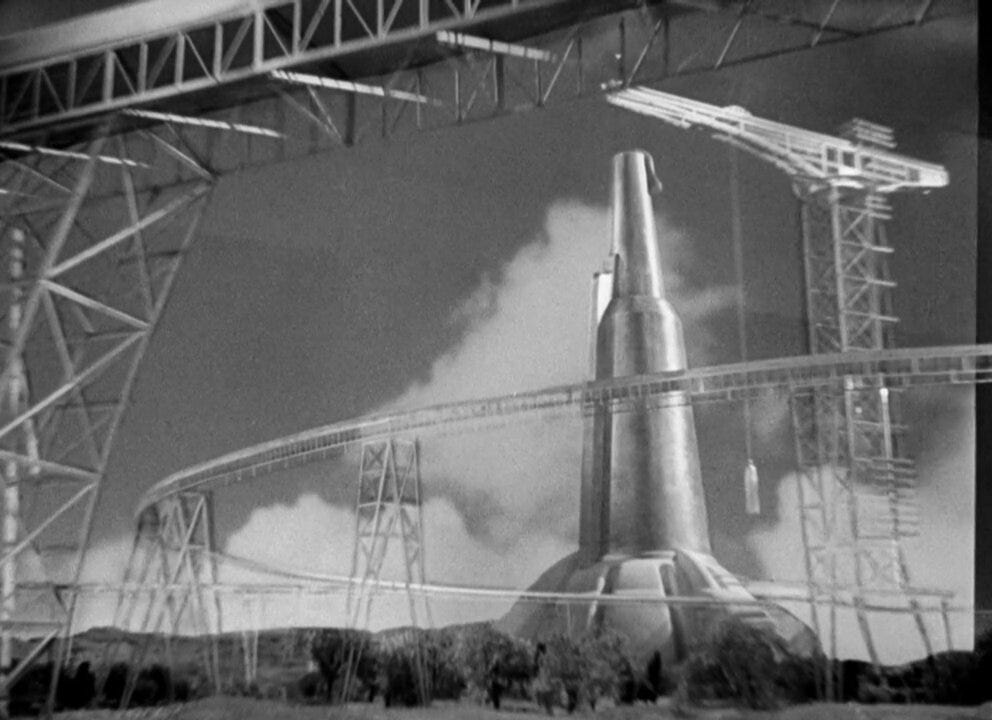
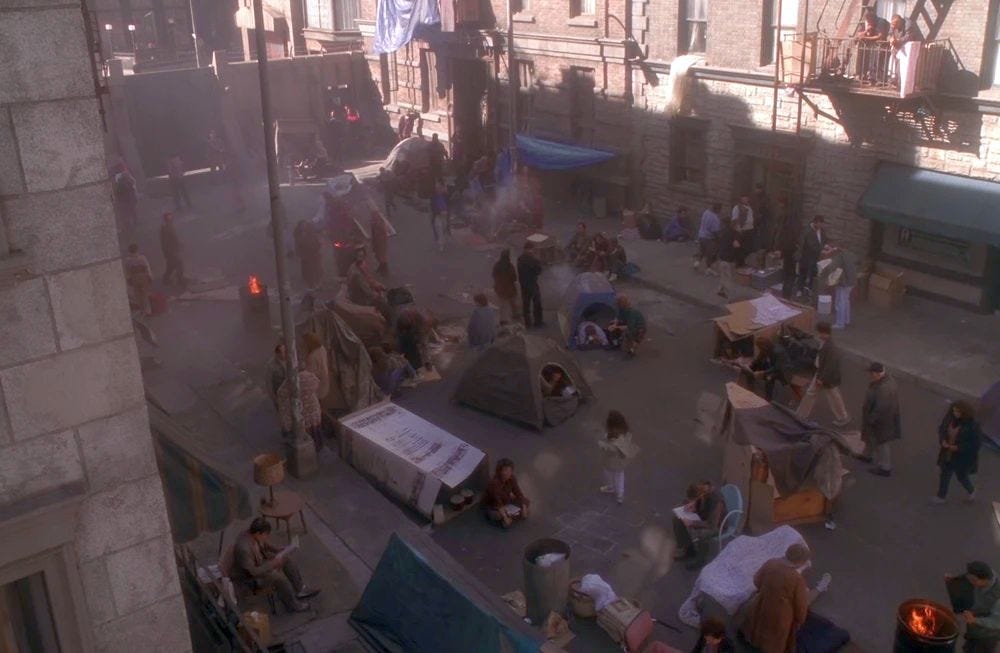

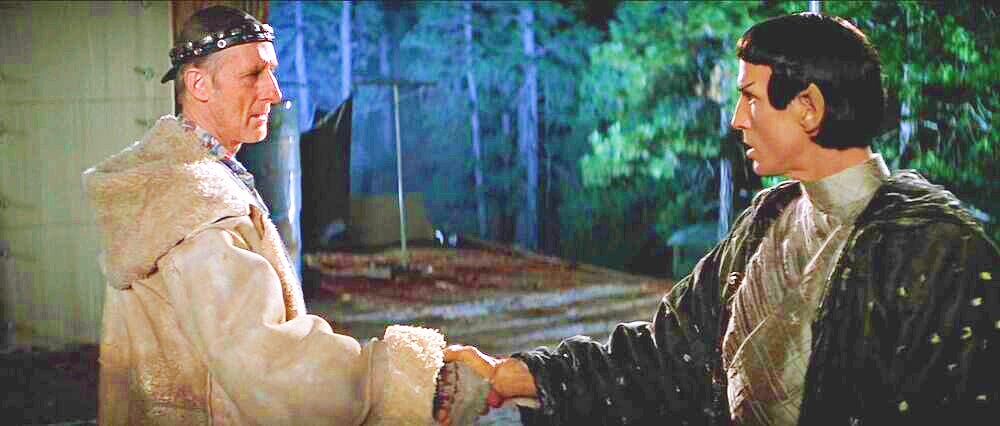

When it comes to social engineering there's a Huxley under every rock you turn over.
Just to be clear; this speculation is based on the belief that Darwinian Evolution Theory is correct and a real thing? And that the Apollo Moon Landings actually occurred and humans have gone above earth's upper atmosphere?